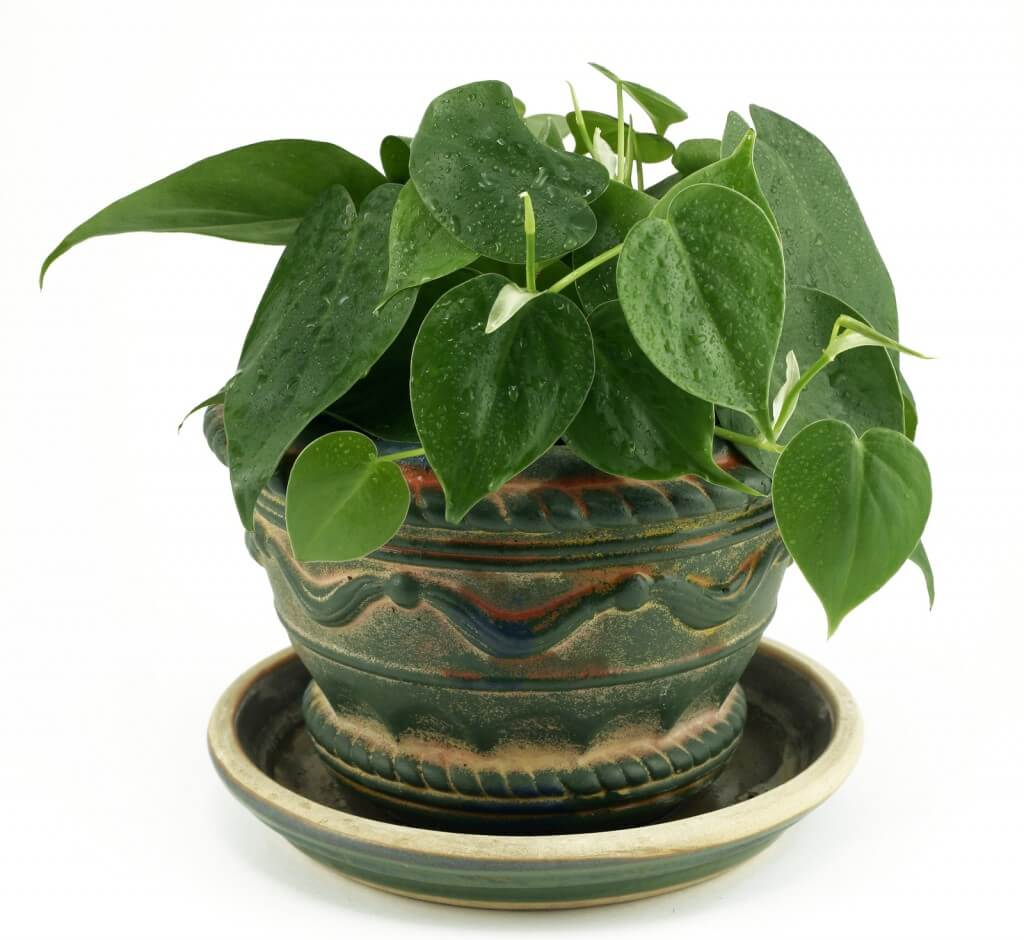
Watering—the philodendron is not a fussy plant but there is an optimal way to water it. No matter what species of philodendron you have, you should water it regularly. The key to watering is not how often you water but the soil that you put the plant in. Soil that drains well will prevent the plant from sitting in soggy soil, which can cause the roots to rot. Once you have the plant in good soil just water it when the soil starts to dry out. You should wet the soil until it drains and not water it again until the soil has dried out. If you want to mist your plant, you can do that everyday if you like. You don’t have to mist the plants but it is something that will help them to thrive.
Lighting—you can put your philodendron just about anywhere as long as you don’t place it in direct sunlight. The plants evolved on the jungle floor, under the jungle canopy so they are not made to handle direct sunlight. These plants thrive in artificial light or even in low light conditions. Direct sunlight will actually burn the leaves of the plant. So, if you set your plant outside in the summer, monitor the leaves for signs that it is getting too much sun. If the leaves start to burn and turn yellow, find a place with better shade to put it in.
Repotting—philodendrons are one of those wonderful types of plants that actually like to be root bound. This means that you won’t have to repot the plants very often. Wait until the soil literally can’t hold water because it is just a mass of roots before you repot. When you do repot, don’t go much bigger with the pot. If the pot is too big, the water won’t drain or evaporate fast enough and the roots will begin to rot from too much water. When you do repot, make sure to get good draining soil that has plenty of organic stuff in it. These plants are from the jungle; you can’t find a soil that is too rich for your philodendron. Because drainage is so important, find a pot with drainage holes in the bottom. If you want to use a pot with no drainage holes, either plant the philodendron into a slightly smaller pot that does have holes and place that inside the larger pot, or fill the bottom with stones and crockery.
Fertilizer—because philodendrons don’t need much light, they also don’t require much fertilizer. Of course, a little fertilizer will keep the leaves a vibrant color but it is easy to go overboard when feeding a philodendron. Make sure that you are using a weak solution when you mix up the fertilizer and only fertilize in the spring or summer. In the wintertime, when the leaves are not growing, the fertilizer will only burn the plant; it will not help it to grow because it is not a time of growth. Plants with larger leaves will need more fertilizer than plants with small leaves but go easy on the fertilizer for all of your philodendron plants. In this situation, less is more.
Keep them clean—the other thing that you need to do to keep your philodendron healthy is to keep it clean. The leaves accumulate dust, which clogs the pores of the plant. Dust the leaves occasionally to ensure proper growth. Dusting will also make your plant look better.